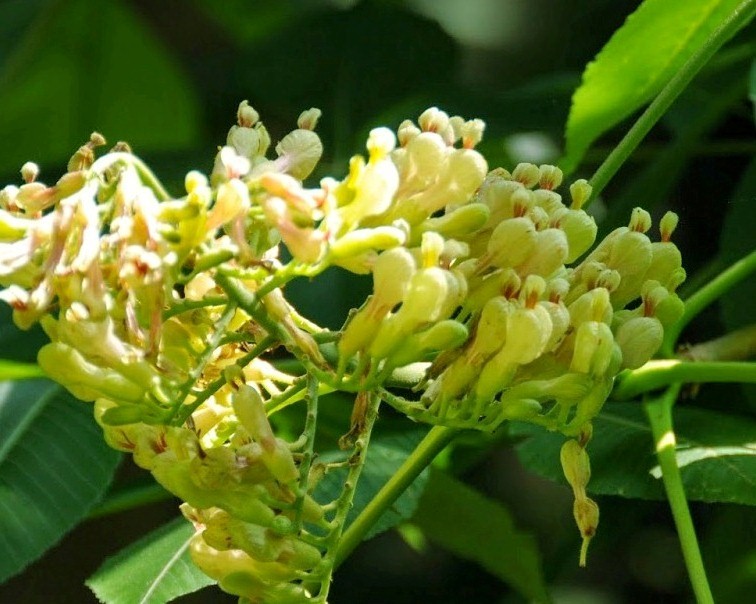Aesculus marylandica
(Aesculus marylandica)

Description
Aesculus marylandica is a species of Magnoliopsida described by William Beattie Booth and Leopold Dippel. Aesculus marylandica belongs to the genus Aesculus, and the family Sapindaceae. The genus Aesculus, with species called buckeye and horse chestnut, comprises 13–19 species of flowering plants in the family Sapindaceae. They are trees and shrubs native to the temperate Northern Hemisphere, with six species native to North America and seven to thirteen species native to Eurasia. Several hybrids occur. Aesculus exhibits a classical Arcto-Tertiary distribution. Mexican buckeye seedpods resemble the Aesculus seedpods, but belong to a different genus. Carl Linnaeus named the genus Aesculus after the Roman name for an edible acorn. Common names for these trees include "buckeye" and "horse chestnut", though they are not in the same order as the true chestnuts, Castanea. Some are also called white chestnut or red chestnut. In Britain, they are sometimes called conker trees because of their link with the game of conkers, played with the seeds, also called conkers. Aesculus species have stout shoots with resinous, often sticky, buds; opposite, palmately divided leaves, often very large—to 65 cm (26 in) across in the Japanese horse chestnut, A. turbinata. Species are deciduous or evergreen. Flowers are showy, insect- or bird-pollinated, with four or five petals fused into a lobed corolla tube, arranged in a panicle inflorescence. Flowering starts after 80–110 growing degree days. The fruit matures to a capsule 2–5 cm (0.8–2.0 in) diameter, usually globose, containing one to three seeds (often erroneously called a nut) per capsule. Capsules containing more than one seed result in flatness on one side of the seeds. The point of attachment of the seed in the capsule (hilum) shows as a large circular whitish scar. The capsule epidermis has "spines" (botanically: prickles) in some species, while other capsules are warty or smooth. At maturity, the capsule splits into three sections to release the seeds. Aesculus seeds were traditionally eaten, after leaching, by the Jōmon people of Japan over about four millennia, until 300 AD. All parts of the buckeye or horse chestnut tree are moderately toxic, including the nut-like seeds. The toxin affects the gastrointestinal system, causing gastrointestinal disturbances. The USDA notes that the toxicity is due to saponin aescin and glucoside aesculin, with alkaloids possibly contributing.
Taxonomic tree:







